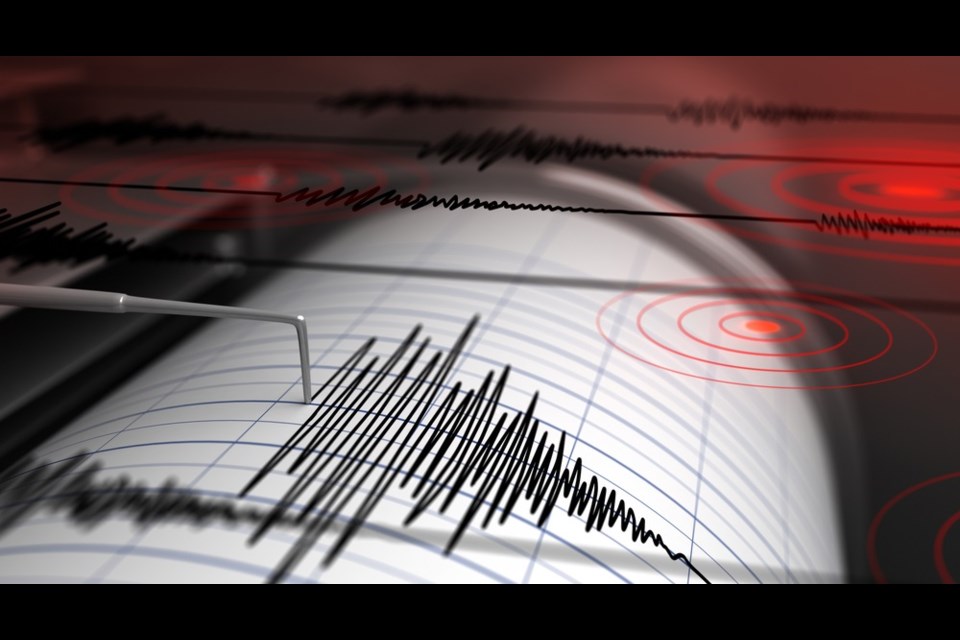North Bay was rattled by a small earthquake this morning.
David McGuire of Science North told BayToday.com that a 2.2-magnitude quake was centred about two kilometres southeast of the Gateway City, in the Callander-East Ferris area.
The quake occurred at 9:05 a.m. at latitude 46.3 north and longitude 79.45 west at a depth of two kilometres according to Earthquakes Canada.
There has been no damage reported so far from today's quake. The seismic event was located in close proximity to one that shook the Powassan area in October 2016.
When it comes to the science of why North Bay was given a good shaking this morning, the city is part of an earthquake zone called the Eastern Background Seismic Zone.
Stacey Roy, a staff scientist at Science North, said several factors can contribute to the cause of an earthquake, one of those being the season.
"It could have been anything especially in the springtime when things are melting, groundwater is moving, the changes in ground temperature, really large faults or small faults can definitely move at this time of year," Roy said. "It wasn't a big earthquake by any means."
Earthquakes Canada says the largest quake to hit the area was a 6.2 event on November 1, 1935. Called the Timiskaming Earthquake, cracks in gravel and sand could be seen. Almost all chimneys were damaged or destroyed, and some cracks developed in brick walls. These conditions persisted 110 km away from the epicenter. The next day, Tee Lake (close to the epicenter) was clouded. It is suspected that sediment which was previously undisturbed was shaken up by the earthquake.
According to Wikipedia, a large quake hit this area in 2000, called the Kipawa Quake. It struck with a magnitude of 5.2 at 6:22 a.m. on January 1. It occurred in the Western Quebec Seismic Zone. The main shock epicenter was located in Lake Kipawa about 10 km (6 mi) north of Témiscaming Quebec and 70 km (43 mi) northeast of North Bay. The shaking associated with this earthquake was strongest within 50 km (31 mi) of the epicenter. It was felt in Témiscaming, North Bay and as far away as Toronto, making it one of the most significant earthquakes in Canada in 2000. The earthquake was triggered by major thrust faults associated with the Ottawa-Bonnechere Graben.
Earthquakes Canada says a quake occurs when rocks break and slip along a fault in the earth. Energy is released during an earthquake in several forms, including as movement along the fault, as heat, and as seismic waves that radiate out from the "source" in all directions and cause the ground to shake, sometimes hundreds of kilometers away.
